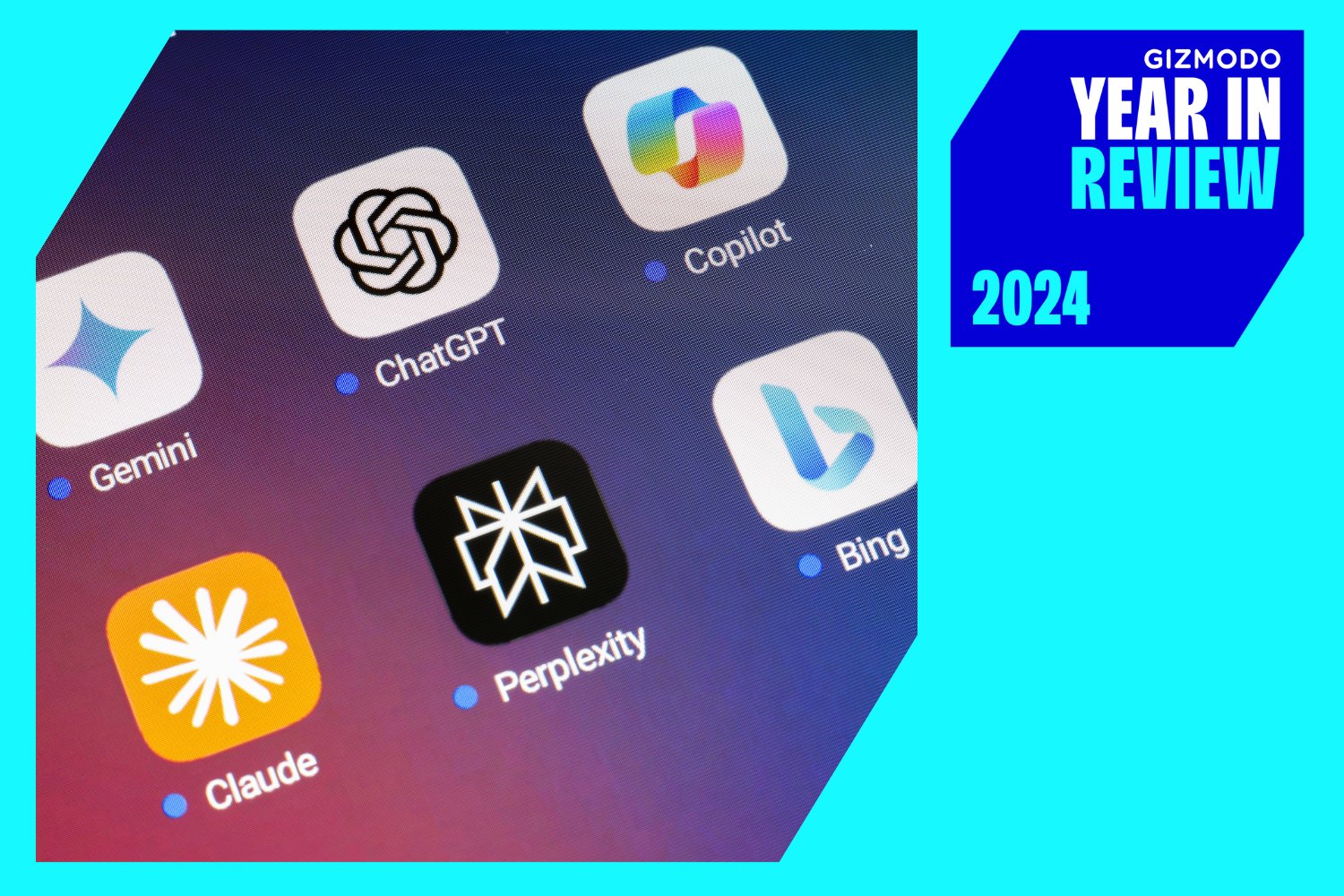Apple’s WWDC 2023 left us with more questions than ever about where the tech giant hopes to take its brand into the future. Monday’s developer conference shook the tech world with the announcement of the Vision Pro mixed reality headset, a device that Apple tried to imply is nothing like your average VR headset while looking and interacting like a sophisticated virtual reality device. Sure, we knew it was coming, but Apple’s entry into VR—sorry, “spatial computing”— has left us with more questions than answers.
Casual online observers have been split over the Vision Pro’s stated capabilities. Hearing from some of those folks who tried out the headset at Apple Park, there seems to be a great deal of positivity for the $3,500 Vision Pro, set to release next year. At the same time, some early testers have walked away from the headset wondering who exactly the system is built for, considering the planned features—a big emphasis on home entertainment—compared to its business-computer price. Apple may be coming out with one of the most intriguing and usable virtual and augmented reality toys we’ve seen yet.
How Convincing Is the Vision Pro’s AR?
The most consistent praise heaped upon the Vision Pro so far has been its eye tracking and gesture controls. TechCrunch’s Matthew Panzarino noted that users did not need to keep their hands hovered in front of the headset to register controls and highlight different elements. Other users noted how surprisingly intuitive the pinch, flick, and drag gesture controls worked in concert with the highly-accurate eye tracking tech. Users noted that moving around the different apps in the UI was intuitive from the get-go, as they just had to focus on the bottom of each panel so they could push or pull it in multiple directions. There’s also some unique displays when users bring in new objects into the AR, as the objects materialize from a cloud of pixels.
How Good Are the Vision Pro’s Visuals?

Scott Stein from CNET said he was impressed with Apple’s display quality. The Vision Pro uses multiple passthrough cameras to take in the surrounding environment, and testers at Apple Park reported there was little to no delay between what the sensors saw and what is displayed on the screen. Even more impressive, the headset does indeed detect people whom you’re talking to and displays them even when using the headset’s virtual reality, much like Apple demoed in the product’s video. According to The Verge’s editor-in-chief Nilay Patel, the headset also detects users’ hands when they come into view.
TechCrunch notes that Apple is still working out which seal to ship the Vision Pro with to keep out external light, but the headset should ship with different shapes and sizes. Otherwise, Panzarino found there was a slight motion blur during passthrough mode, but otherwise the visuals were crisp. Stein said he also watched a clip from Avatar: The Way of Water through the headset, and found it to be an even better 3D experience than in the theater.
Initial Vision Pro thoughts 👇🏼
– Face imprint: Not going away
– AR mode: Edges were 'vibrating' but resolution was wow
– Nausea: Real—my eyes are still adjusting to bright natural light
– Battery: Can't wait for the inevitable Hermes crossbody holder & Amazon dupes pic.twitter.com/MWBEDsyohM— nic nguyen (@nicnguyen) June 6, 2023
Is the Vision Pro Heavy?
Weight was one of the most consistent complaints among those who have actually strapped the Vision Pro to their cranium. Most who tested out the device got a hands-on experience for only 30 minutes, but in that small timeframe those who used it immediately noted that the headset was as heavy, if not more so than other VR headsets on the market. Apple noted that the headset’s frame is made out of an aluminum alloy, while its visor is made from glass. Compare that to products like the Meta Quest 2, composed mostly of plastic. It’s part of the reason why the device has an external 2-hour battery back connected by wire to a proprietary port. If that battery was contained in the headset, it would likely be even heavier. While some said it weighed about a pound, the same as the Quest 2, it only features a single back strap around the forehead, which may contribute to more discomfort after prolonged use. The Wall Street Journal’s Joanna Stern called the headset “impressive, immersive, and heavy.”
Tech YouTuber Marques Brownlee gave the Vision Pro big props on eye and hand tracking, but he noted that while he strapped the headset he found it was “super well built” he questioned whether he would feel comfortable wearing it for the full two hours supported by the battery. Fellow tech vlogger Sara Dietschy questioned whether people would actually want to bring the device on an airplane at its current weight.
What’s With That External Battery?

The battery pack is connected to the headset through a proprietary connector that twists into place, but the battery itself includes a USB-C port to plug directly into the wall for a continuous charge. None of those using the headsets were made to walk around much at all, so its an open question whether the wire gets in the way at all. Any early user of VR knows just how annoying having a wire trailing from a headset to a wall or computer can be, so the best use of the headset while plugged in would be when sitting down.
Does the Vision Pro Overheat?
There’s a lot of sensors running continuously on the Vision Pro, but users noted they couldn’t hear any fans going on inside the Vision Pro. Reports from early 2022 noted that the product had to be delayed because of overheating issues. Those don’t seem as big a case here, though testers did not get to use the device for long. According to Patel, the headset sucks up air from the bottom and blows it out the top. Otherwise, nobody reported any problems with it running too hot on the face, but heat displacement is the kind of thing that requires rigorous testing under different conditions and loads.
Does the Vision Pro Work With Prescription Glasses?
Multiple reports said Apple was hosting an optometrist at its event to aid those users with eyeglasses setting up the Vision Pro. According to Wired’s Lauren Goode, an eye specialist scanned her eyeglasses to measure the lenses. Patel also wrote that specific Vision Pro-compatible lenses are needed to operate the device if you require glasses. Those lenses are reportedly being made by Apple partner Zeiss, and users need to order those special, magnetic-fitted lenses separately once the Vision Pro finally launches next year.
Apple has not publicly stated which specific prescription lenses would work with the headset, though people using contact lenses reported no issues.
How Real Was the FaceTime “Persona” Digital Twin?

Though some features were unavailable for demo, users did get to try out the FaceTime demo that featured a “Persona” digital twin of an Apple employee who appear when using the headset. Both Brownlee and Patel noted there was certainly some amount of uncanny valley with the whole thing. Some users noted that the Persona’s avatar was frozen save for the mouth and eyes. Goode described this digital twin as awkwardly “disembodied.” Though Apple promised users would be able to create their own persona by scanning their face with the headset, users weren’t able to demo that portion just yet.














